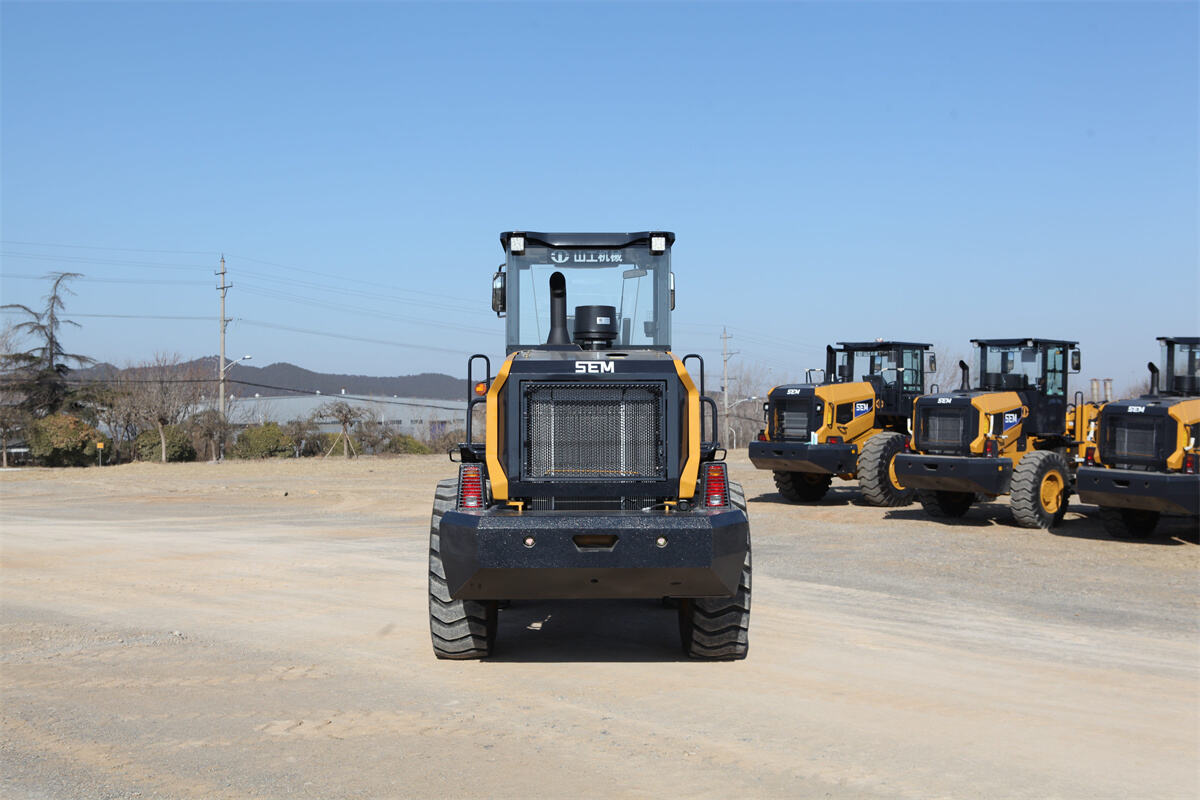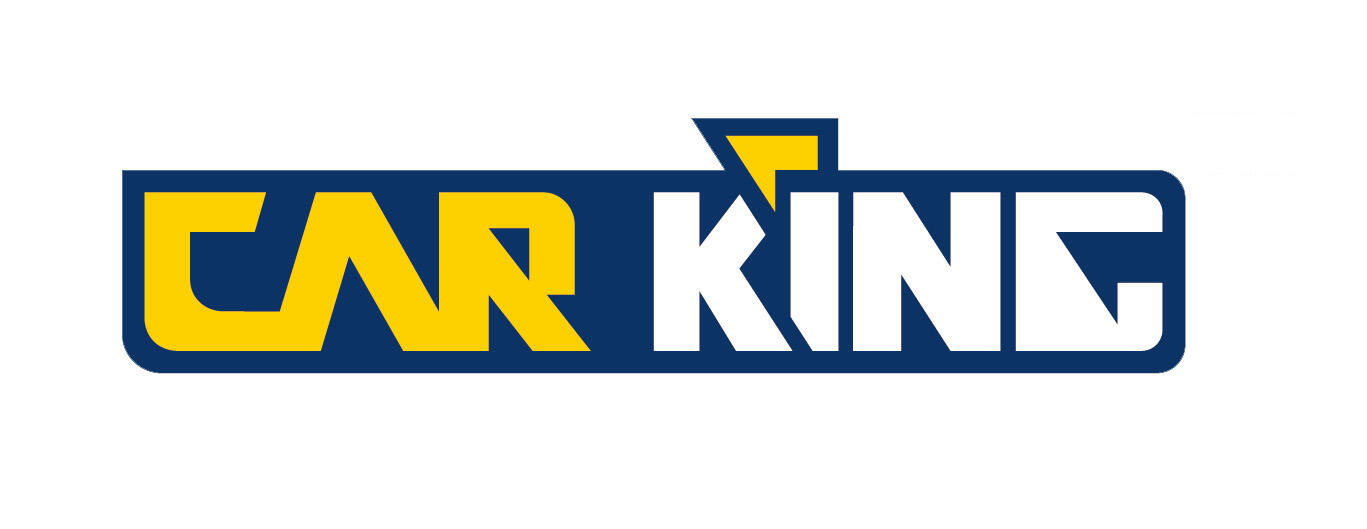Understanding Heavy Equipment Loaders in Modern Construction
Heavy equipment loaders represent the backbone of construction, mining, and material handling operations worldwide. These versatile machines come in various configurations, each designed to meet specific operational requirements and environmental conditions. From compact skid steers to massive wheel loaders, understanding the different types of loaders and their optimal applications can significantly impact project efficiency and cost-effectiveness.
Wheel Loaders: The Construction Industry Workhorse
Design Features and Capabilities
Wheel loaders stand out as the most commonly recognized types of loaders in construction sites. These powerful machines feature large rubber tires, a front-mounted bucket, and an articulated frame that enables precise maneuverability. The hydraulic system allows operators to raise, lower, and tilt the bucket, making them ideal for various material handling tasks.
Modern wheel loaders come equipped with advanced features like automatic transmission, climate-controlled cabs, and computerized monitoring systems. These innovations have significantly improved operator comfort and machine efficiency, leading to increased productivity on job sites.
Applications and Industry Uses
The versatility of wheel loaders makes them indispensable in numerous industries. In construction, they excel at moving large quantities of materials like soil, gravel, and demolition debris. Mining operations rely on them for ore transportation and stockpile management. Agricultural sectors utilize wheel loaders for handling grain, hay bales, and other farm materials.
These machines also prove invaluable in snow removal operations, waste management facilities, and lumber yards. Their ability to work with different attachments, including forks, grapples, and specialized buckets, further extends their utility across various applications.
Skid Steer Loaders: Compact Powerhouses
Technical Characteristics
Skid steer loaders represent one of the most adaptable types of loaders available in the market. Their compact design features four wheels mounted on fixed axles, with movement controlled by varying the speed and direction of wheel rotation on each side. This unique steering system gives them exceptional maneuverability in tight spaces.
These machines typically range from 1,500 to 3,000 pounds in operating capacity, making them perfect for smaller construction projects and indoor operations. Their low ground pressure and compact footprint minimize damage to finished surfaces, while their vertical lift capability allows for efficient material handling.
Versatility and Applications
The true value of skid steer loaders lies in their remarkable versatility. Construction contractors appreciate their ability to handle multiple tasks with quick-attach implements. From digging and grading to sweeping and snow removal, these machines can transform from one role to another in minutes.
Landscaping professionals particularly favor skid steers for their precision in navigating through established gardens and tight spaces. Their compact size makes them ideal for residential construction, interior demolition, and warehouse operations where larger equipment cannot access.

Track Loaders: Enhanced Stability and Traction
Engineering Advantages
Track loaders represent an evolution in loader design, replacing wheels with continuous track systems similar to those found on tanks. This configuration distributes the machine's weight over a larger surface area, significantly reducing ground pressure and improving stability on soft or uneven terrain.
The track system provides superior traction in challenging conditions, including mud, sand, and snow. Modern track loaders incorporate advanced suspension systems and track designs that optimize operator comfort while minimizing ground disturbance.
Specialized Applications
Track loaders excel in environments where traditional wheel loaders might struggle. They prove particularly valuable in forestry operations, where their low ground pressure allows them to work on sensitive forest floors without causing excessive damage. Construction projects on soft ground or steep slopes benefit from their enhanced stability and climbing ability.
These machines also find extensive use in land clearing, pipeline construction, and agricultural applications where soil compaction must be minimized. Their steady platform makes them excellent choices for precision grading and landscaping tasks.
Backhoe Loaders: Dual-Purpose Excellence
Innovative Design Features
Backhoe loaders combine the functionality of a front loader with a rear-mounted excavator, creating one of the most versatile types of loaders available. This dual-purpose design makes them extremely cost-effective for contractors who need both loading and digging capabilities but want to minimize equipment investment.
Modern backhoe loaders feature advanced hydraulic systems that provide smooth operation and precise control. Their enclosed cabs offer excellent visibility in both directions, while stabilizer legs ensure stability during excavation work.
Practical Applications
The versatility of backhoe loaders makes them popular choices for utility companies, municipalities, and general contractors. They excel at tasks like trenching for utilities, loading trucks, and general earthmoving operations. Their mobility allows them to drive on roads between job sites, eliminating the need for special transportation.
Construction companies frequently employ backhoe loaders for foundation work, drainage projects, and site preparation. Their ability to switch between loading and digging tasks quickly makes them invaluable for small to medium-sized construction projects.
Frequently Asked Questions
What factors should I consider when choosing between different types of loaders?
Consider your primary application, working environment, required lifting capacity, and available space. Also factor in terrain conditions, attachment needs, and whether you need specialized features like all-weather capability or extended reach.
How do maintenance requirements differ among loader types?
Track loaders typically require more frequent maintenance due to their complex undercarriage systems. Wheel loaders need regular tire maintenance and alignment checks. Skid steers generally have simpler maintenance requirements but need frequent greasing of moving parts.
Which loader type offers the best return on investment?
The best ROI depends on your specific application and usage frequency. Backhoe loaders often provide excellent value due to their dual functionality. For specialized applications, dedicated machines like wheel loaders or track loaders might prove more cost-effective in the long run.
What safety considerations are most important when operating loaders?
Key safety considerations include proper operator training, maintaining clear visibility, understanding load limits, regular equipment inspections, and following manufacturer guidelines for attachment use. Always ensure proper ground conditions and maintain safe working distances from other personnel and obstacles.

